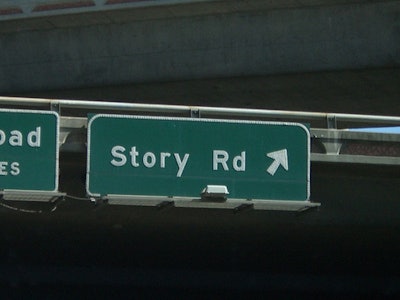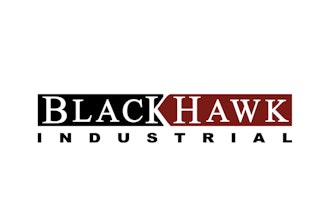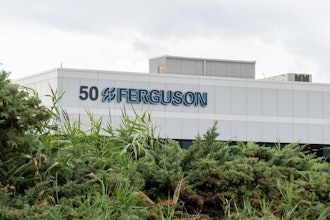
By the late 1960s, Xerox had risen to become a highly successful global brand. Having a Xerox machine in the office became a necessity. Now, with a well-established name, they decided to cultivate other ambitions. Xerox wanted to get into computer technology and data processing. The company spent many years and millions of dollars before it finally threw in the towel.
It should come as no surprise that once a brand is strongly associated with a certain product, it is difficult, if not impossible to change perceptions. Yet, marketing history is rife with examples of companies expecting their well-established brand names to help them introduce new products. Chiquita had to admit defeat after trying to convince us that Chiquita stands for more than bananas. Country Time Lemonade was forced to stop trying to sell Country Time Apple Cider. Ponds barely got out of the starting gates with Ponds toothpaste before it quit. There are thousands of stories like these.
But one could argue that Apple is proving to be the exception as it has gone from a brand of computers to a brand of phones, iPads, televisions, and who-knows-what's next. Nike is yet another exception as it has grown from making running shoes to becoming a successful seller of athletic equipment and apparel. Branson keeps adding to the list of products with which his brand Virgin is helping make successful. How does this happen?
It happens because Apple has never been just a company selling computers, Nike has never just been about selling running shoes and Virgin can sell just about anything it wants to. Why? Because they aren't selling brands, they are selling stories.
A brand has one layer, a brand story has two. Both have outer layers consisting of functional benefits or the results that can be achieved by using a given product. However, the brand story has an additional inner layer that gives it distance and longevity. It's like the golf ball's compacted core that keeps it in the air longer than a tennis ball when hit. The brand story's inner layer is more than just air. It's made up of very real values and beliefs.
When we buy brands, we buy products differentiated by function. When we buy brands that have become stories, we buy important meanings.
If your brand is nothing more than an outer layer, no doubt, growth has an expiration date. The good news is that it's never too late to find and communicate your brand's meaning, perhaps something Xerox should have thought about before trying to sell computers. That said, there are some challenges that must be met:
Your inner layer must be authentic. It's one thing for your brand's inner layer to be associated with the value of 'wow service.' But that value is quickly devalued when a customer is put on hold for 20 minutes waiting to talk with customer service. It's one thing for your brand's inner layer to be associated with the value of simplicity, yet another when your customer is presented with too many buying restrictions. What you believe and what you do must be inextricably linked. Keep in mind that the truth behind your brand story is constantly being scrutinized via social media. Your truth must therefore be demonstrated and reinforced through every point of contact. Inconsistency is the bane of authenticity.
Audiences don't care what you think your inner layer is. They care about what they think it is. Unlike outer layers, inner layers are more a function of what your audience sees for themselves as opposed to what you tell them to see. When we purchase a given brand, in effect we are hiring it. How much credence would you put in a job candidate who proclaims, "I believe in teamwork" or "I value hard work"? It's not enough to be told what someone believes. That belief must be shown or demonstrated.
Too often, we see advertising tag lines like, "excellence is all around you," or "where service matters." However, the best brands don't get in their own way with brag and boast statements of self-description. Instead, they communicate their inner layers through mantra's like, "Think Different," "Just Do it," or "Never Stop Exploring," ideals that resonate with existing beliefs that their audiences share. These are more than just tag lines. They are true theme lines that speak to the significance of their brands' stories.
Your brand must solve problems and provide opportunities. But if all you're doing is telling prospects about what your product does and/or how it does it is better than similar products, you are telling them a story that is all plot with no important theme. To standout as special, your brand must complete the story with the consistent proof of your brand's belief system. Every product then becomes a new chapter of a bigger story. Think story, not brand or product and you'll last longer and go further.
ABOUT THE AUTHOR: Jim Signorelli is CEO and founder of esw StoryLab Marketing, one of Chicago's top advertising agencies according to Crain's Chicago Business. Prior to starting his own agency, Jim crafted a successful career at major advertising agencies throughout the U.S. His agency has been named to Inc.'s top 5000 list three years running. Jim is also a speaker and author of the best-seller, “StoryBranding: Creating Stand-Out Brands Through the Power of Story." Visit www.jimsignorelli.com for more information.


















